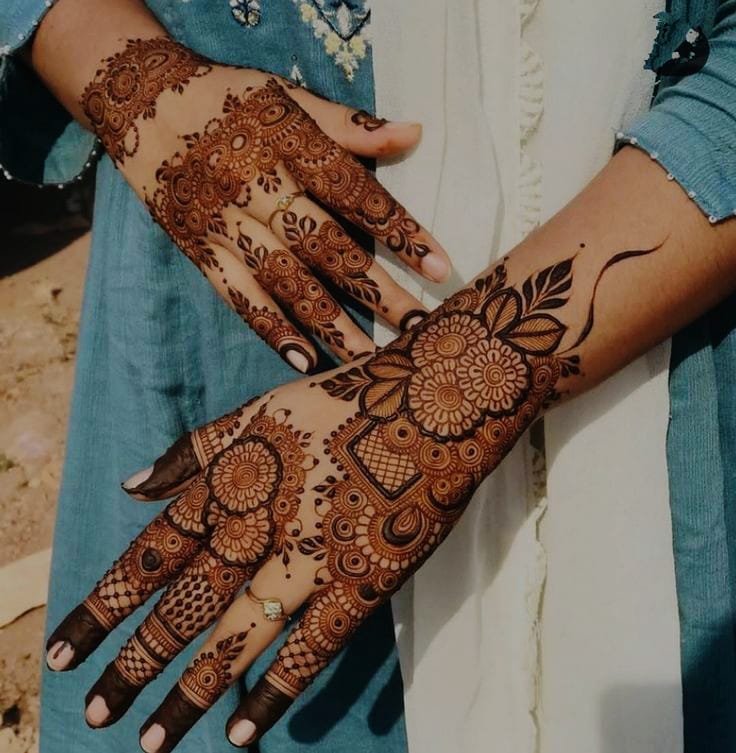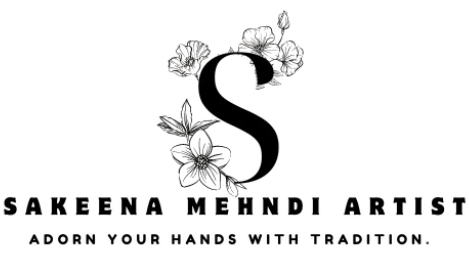Myths & Traditions About Henna

Why is henna/mehndi done for weddings?” is a question I get asked time and again. For a bride to get ready for her wedding, she has to go through 16 beautification, cleansing, and religious rituals called “solah singar.” Henna/mehndi is one of these sixteen rituals and is used to beautify the bride.
Often, when I do bridal henna, brides ask, “Does your henna color come out dark? I really want my mother-in-law to love me.” While people know about the correlation between henna color and mother-in-law’s love, many are unaware of where this legend originated. This legend dates back to times when women were expected to be subservient and not voice their opinions. A newlywed woman’s henna color was an indicator of how her mother-in-law was treating her. If the henna stayed dark, it meant the mother-in-law was kind and allowing the bride time to adjust to her new home. If it faded quickly, it indicated the mother-in-law had put the bride to work right away. When the bride returned to her parents’ house for customary post-wedding rituals, her mother could tell from the henna whether her daughter was being treated well.
Another question brides often ask is, “Why is the groom’s name written in the bride’s henna?” In the past, arranged marriages meant the bride and groom often met for the first time on their wedding night. The groom’s name hidden in the bride’s henna served as an ice-breaker, initiating conversation as the groom would search for his name in the intricate designs. Today, although brides and grooms usually know each other well before marriage, I continue this tradition. I tell the bride that if the groom can’t find his name, she should get a present from him—a prospect that excites every bride.
In some cultures, the bride’s henna comes from the groom’s house, or there is a ceremony where henna is applied to the bride, and she is dressed in clothes and jewelry. This is akin to the saying in Hindi, “Humare rang mein rang jaana,” which means “We want you to get colored in our colors.” Applying their henna to the bride signifies the groom’s family’s welcome and acceptance of the bride into their family.
